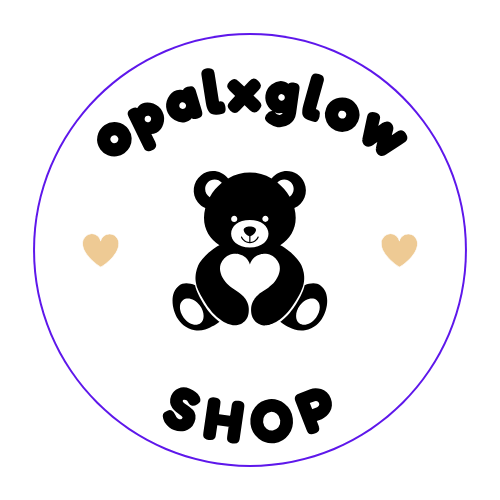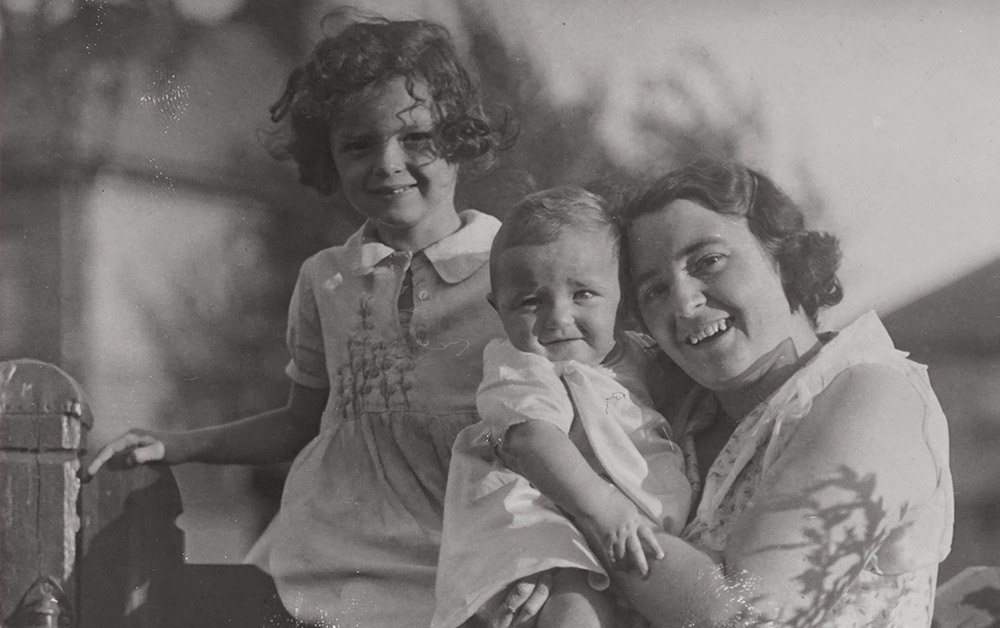Uncategorized
The Evolution of Kids Fashion: A Look Back
Over the years, kids’ fashion has undergone dramatic changes, reflecting broader shifts in society, culture, and technology. From the frilly dresses and tailored suits of the early 20th century to the casual, comfortable streetwear of today, the way children dress has evolved considerably. In this article, we’ll take a nostalgic journey through the history of kids’ fashion, highlighting key moments and trends that have shaped the way kids dress in 2024.
1. Early 1900s: Formality and Tradition
In the early 1900s, children’s fashion was largely influenced by adult styles. Boys wore short pants with buttoned-up shirts, while girls were dressed in long dresses or skirts with petticoats and lace details. Clothes were often made from high-quality fabrics like wool and cotton, and children’s wardrobes reflected the formal nature of the time.
During this era, kids’ fashion was a reflection of social class. Wealthier families would often dress their children in finely tailored outfits, while working-class children wore more practical, durable clothing that could withstand the demands of play and work.
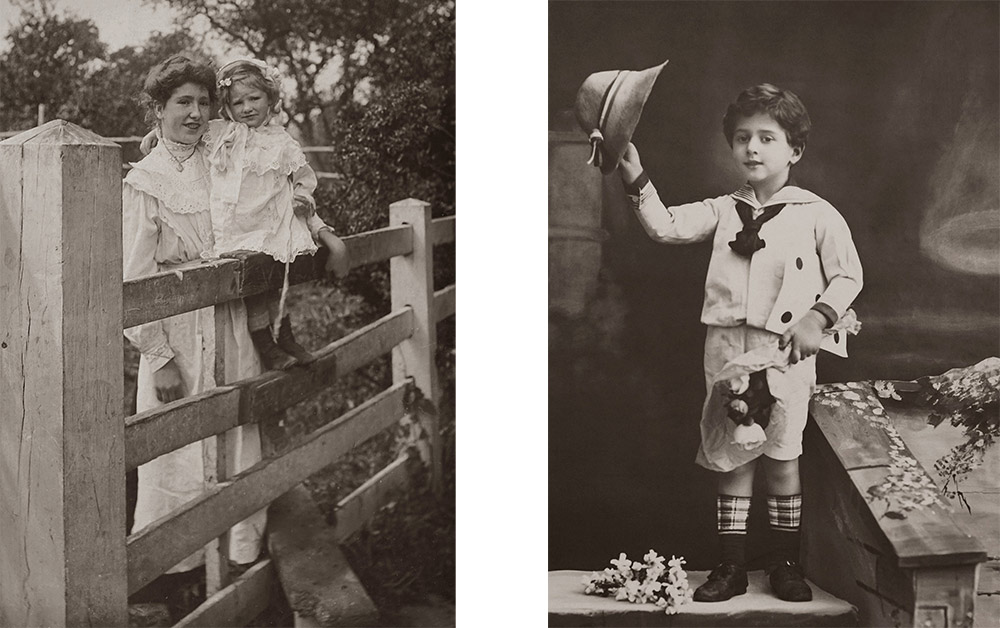
2. 1920s-1930s: Practicality and Comfort
The 1920s and 1930s saw a shift toward more practical and comfortable clothing for children, influenced by the changing roles of women in society and the aftermath of World War I. Girls began to wear shorter dresses with dropped waistlines, and boys often wore simple shirts and shorts for everyday activities.
In the 1930s, the Great Depression had a significant impact on fashion, and clothing became more practical and utilitarian. Hand-me-downs were common, and families had to be resourceful in how they dressed their children. This era also marked the beginning of the mass production of children’s clothing, making fashion more accessible to a wider audience.
3. 1940s-1950s: The Rise of Playful, Gender-Specific Clothing
Post-World War II, the fashion industry experienced a boom, and the 1940s and 1950s marked a time when children’s clothing became more distinct and playful. The introduction of new textiles, such as nylon and polyester, made clothing more affordable and durable.
Boys were often dressed in tailored suits for formal occasions, while casual wear included shirts, shorts, and suspenders. Girls, on the other hand, wore dresses with full skirts and petticoats, creating a more feminine silhouette. The 1950s also saw the rise of character-themed clothing, with popular cartoon characters and movie stars like Disney princesses inspiring designs for girls’ dresses.
During this time, the concept of “tweens” also began to emerge. As children reached a certain age, they transitioned from wearing traditional children’s clothing to more “grown-up” styles. This period laid the foundation for the future development of kids’ fashion, particularly in terms of gender-specific styles.
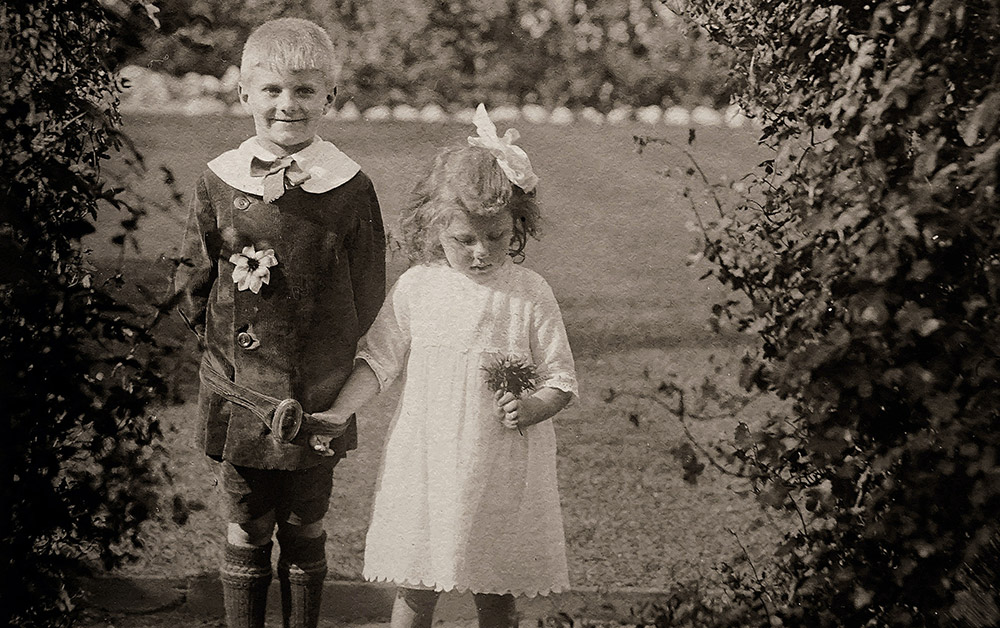
4. 1960s-1970s: Youth Culture and the Rise of Casual Wear
The 1960s and 1970s were transformative decades for children’s fashion, influenced by the youth counterculture and the growing trend of casual wear. The rebellious spirit of the times led to more relaxed, comfortable styles for kids, with jeans, t-shirts, and sneakers becoming everyday staples.
The 1960s also saw the rise of “mod” fashion for both boys and girls, inspired by the British youth movement. Girls wore mini-skirts, bell-bottoms, and psychedelic prints, while boys sported slim-fitting trousers and button-up shirts. The rise of rock ‘n’ roll and pop music also influenced kids’ fashion, with bands like The Beatles and The Rolling Stones becoming icons of youth style.
By the 1970s, the influence of hippie culture led to an emphasis on bohemian-style clothing for kids, with flared pants, tie-dye shirts, and peace sign motifs becoming popular. The idea of “mixing and matching” was introduced, allowing kids to express their individuality and creativity through their clothes.
5. 1980s: Bold Colors, Logo Mania, and Power Dressing
The 1980s marked a time of bold fashion choices for both adults and children. Bright colors, oversized silhouettes, and iconic logos became defining features of kids’ fashion. Brands like Nike, Adidas, and Levi’s dominated the market, with kids eager to sport the latest athletic gear and logo-emblazoned clothing.
This era also saw the rise of power dressing, with young girls wearing tailored suits and shoulder pads inspired by the corporate world. Boys’ fashion was equally bold, with neon-colored windbreakers, graphic tees, and high-top sneakers becoming staples.
The 1980s also introduced the concept of “designer kidswear,” with high-end brands like Ralph Lauren and Tommy Hilfiger expanding their lines to cater to children. As a result, luxury fashion for kids began to gain popularity, setting the stage for a more fashion-conscious generation of children in the years to come.
6. 1990s: Grunge, Denim, and Pop Culture Influence
The 1990s were a defining decade for kids’ fashion, as pop culture and music had a significant influence on the trends of the time. The rise of grunge fashion, thanks to bands like Nirvana and Pearl Jam, led to the popularity of flannel shirts, oversized denim jackets, and baggy jeans for both boys and girls.
At the same time, the “athleisure” trend took hold, with kids embracing comfortable, sporty styles like sweatpants, hoodies, and sneakers. Popular TV shows like “Friends” and “The Fresh Prince of Bel-Air” influenced fashion, with kids wearing iconic items like oversized sweaters, cargo pants, and baseball caps.
Denim continued to dominate throughout the 1990s, with kids sporting denim jackets, jeans, and skirts as part of their everyday look. The “mix-and-match” style of the ‘80s continued, but with a focus on more relaxed, casual outfits.
7. 2000s-2010s: Fast Fashion, Influencer Culture, and Global Trends
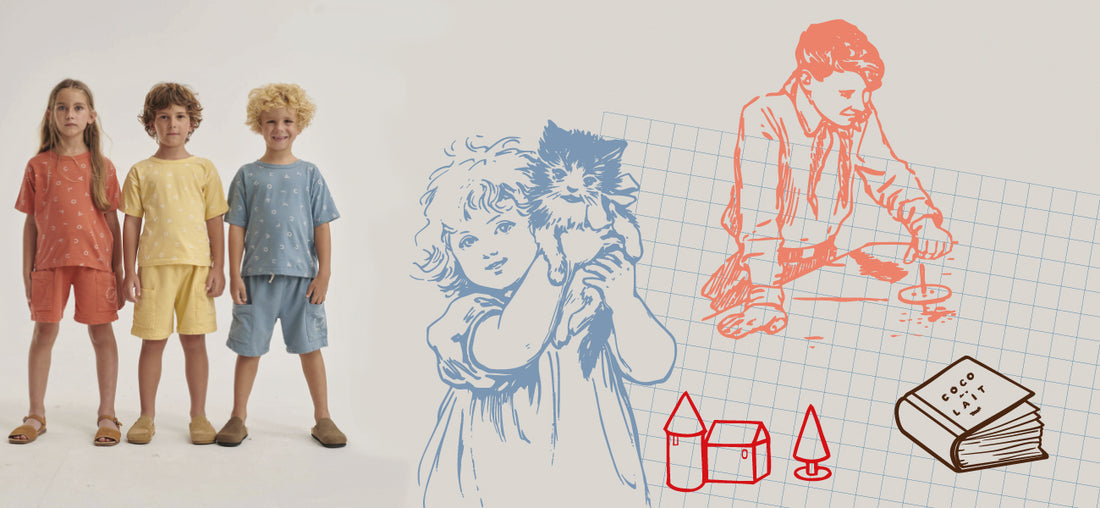
In the 2000s and 2010s, fast fashion took over the kids’ clothing industry, making it easier and more affordable for families to keep up with the latest trends. Brands like Old Navy, Gap, and Zara expanded their kids’ lines, offering a variety of styles that appealed to a wide range of tastes.
This era also saw the rise of influencer culture, with social media platforms like Instagram and YouTube shaping kids’ fashion. Influencers and celebrities began to promote clothing brands, making them accessible to a broader audience. Kids’ fashion became increasingly influenced by global trends, with popular styles from Europe, Asia, and the U.S. mixing to create a more diverse and inclusive market.
In the 2010s, sustainable and ethical fashion also began to gain traction, with brands like Patagonia and Mini Rodini offering eco-friendly clothing options for kids.
8. 2024: Comfort Meets Style
Today, in 2024, kids’ fashion is all about balance. Comfort is key, but kids also want to look stylish and express their individuality. Athleisure and streetwear have become dominant trends, with brands offering everything from graphic tees and hoodies to joggers and sneakers. There’s also a greater emphasis on sustainable and eco-friendly fashion, with many brands focusing on organic cotton, recycled materials, and ethical production practices.
Inclusive fashion is another growing trend, with more brands offering gender-neutral clothing options and expanding their size ranges to accommodate children of all shapes and sizes. Fashion is no longer dictated by strict gender norms, allowing children to choose clothing that reflects their personality and preferences.
The influence of social media and pop culture continues to shape kids’ fashion, with children looking to their favorite influencers and celebrities for style inspiration.
Conclusion
The evolution of kids’ fashion has been shaped by social, cultural, and technological changes over the years. From the formal, tailored outfits of the early 20th century to the inclusive, sustainable, and comfortable styles of today, children’s fashion has evolved to reflect the changing needs and desires of kids and their families. As we look ahead, it’s clear that the trends of 2024 will continue to blend comfort with creativity, giving kids the freedom to express themselves through their clothing.
